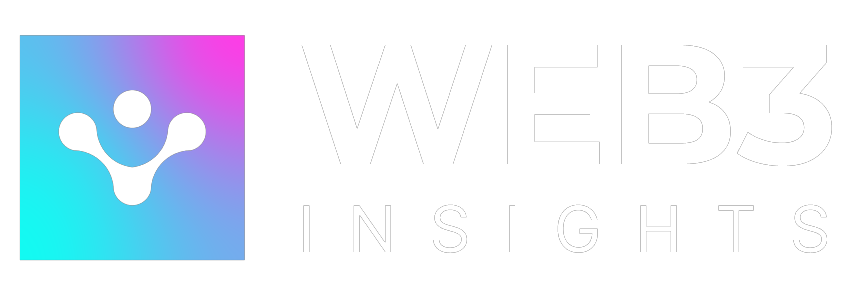Stablecoins have quietly become one of the most important innovations in crypto and suddenly, everyone wants in. From long-standing players like Tether to the recent buzz about the stablecoin Bill, it’s clear that stablecoins aren’t just a niche anymore. They’re becoming central to how people trade, invest, and even save money on the blockchain.
So what are stablecoins, exactly? How do they work, and why are they showing up in everything from DeFi platforms to cross-border payment systems? In this article, we’ll walk you through the essentials, explain what makes stablecoins unique, and take a closer look at how projects like Ripple and Tether are shaping the space.
What Exactly Is a Stablecoin?
A stablecoin is a type of cryptocurrency that’s designed to maintain a stable value. Unlike Bitcoin or Ethereum, which can rise and fall dramatically in price, stablecoins are usually pegged to a real-world currency like the U.S. dollar.
If one stablecoin equals one dollar, that’s the whole point, it should stay that way. This gives people the benefits of crypto; fast transfers, decentralization, transparency, without the wild volatility that scares off many new users.
Stablecoins make crypto more practical. They’re used for everything from daily transactions to DeFi strategies to international remittances.
Types of Stablecoins: A Quick Look
There’s a full article coming on this soon, but here’s a quick overview. Not all stablecoins are backed the same way.
The most common type is fiat-backed, like Tether (USDT), which claims to hold a reserve of real-world dollars and equivalents.
Then there are crypto-backed stablecoins, which are secured using digital assets like Ethereum; DAI is a good example of this.
And finally, there are algorithmic stablecoins that try to maintain their peg using smart contract rules and automated supply adjustments.
While fiat-backed coins like the Tether stablecoin remain dominant, projects like Ripple are working on new variations that aim for more transparency and scalability. Searches like “what is ripple stablecoin called” or “ripple stablecoin testing” show that people are eager to see how Ripple’s approach will compare.
Understanding How Stablecoins Stay Stable
Stablecoins work by backing each token with something else. The most common method is to peg them to fiat currency reserves. For example, Tether claims each USDT is backed by a mix of cash and short-term debt instruments. That’s why it’s often called a fiat-backed stablecoin.
Ripple is taking a more transparent, enterprise-focused approach with its upcoming stablecoin. While we’re still waiting on the ripple stablecoin release date, early hints suggest that it will be fully collateralized, audited, and designed to serve both consumers and businesses.
People are already searching for details; what is ripple stablecoin called? When will ripple stablecoin be available? The anticipation says a lot.
Other models include crypto-backed stablecoins (like DAI, which uses Ethereum as collateral) and algorithmic stablecoins, which rely on code to control supply and demand. But after high-profile failures, algorithmic designs have fallen out of favor.
Why Do Stablecoins Matter?
Think of stablecoins as the quiet infrastructure behind the scenes. They may not spike in price like memecoins or NFTs, but they power everything, from trading and borrowing to lending and savings.
If you’re moving crypto between exchanges, you’re probably using a stablecoin. If you’re locking assets into a DeFi protocol, you’re likely relying on a stablecoin to manage risk. Even when the market is chaotic, stablecoins offer a place to sit tight without leaving the ecosystem.
Ripple and Tether: Two Approaches to Stablecoin Strategy
Tether, the issuer behind USDT, has long been the market leader. It’s widely accepted and used by traders and institutions alike. But over time, it’s faced growing scrutiny about how its reserves are managed.
Ripple, by contrast, is starting from a clean slate. The ripple stablecoin launch details point toward a more regulated, institution-friendly product, one that might be better suited to traditional finance firms entering the space.
It’s a clash of models: long-time dominance vs. thoughtful, transparent rollout. Both matter, and both will shape how stablecoins evolve.
Stablecoins in Action: Real-World Use Cases
Stablecoins aren’t just theoretical. They’re used daily by millions of people:
A freelancer in Argentina might accept payment in USDC instead of pesos to avoid inflation. A DeFi trader might convert ETH gains to USDT during a market dip. A user in the Philippines might send remittances to family via a crypto app using stablecoins to avoid high bank fees.
And soon, a business might settle an invoice using the ripple stablecoin, streamlining cross-border transactions without relying on slow, expensive intermediaries.
These aren’t future ideas, they’re happening right now.
The Ripple Effect: Anticipation Around a New Stablecoin
What is ripple stablecoin called? What will it look like? Why is it generating so much buzz?
Ripple’s history with XRP already puts it in a unique position. With deep ties to global banking systems and a focus on fast, reliable payments, Ripple’s move into stablecoins is about more than just joining a trend, it’s about shaping what comes next.
Whether it launches this year or next, one thing is clear: it’s not just crypto natives who are watching. Fintech firms, regulators, and even traditional banks are paying attention.
Final Thoughts: Stablecoins Are Here to Stay
Stablecoins started as a simple solution to crypto volatility. But today, they’re much more. They’re the link between crypto and the real world, and they’re powering an entire financial layer beneath the surface of Web3.
With legacy players like Tether and rising stars like Ripple entering the arena, the future of stablecoins is competitive, and exciting. Whether you’re researching what is tether stablecoin, waiting for ripple stablecoin launch details, or just looking for a better way to move money, this space is worth watching.
One day soon, stablecoins won’t be something people talk about. They’ll be something everyone just uses quietly, reliably, every day.








